As my summer in China comes to an end, I look back and see how much I’ve learned in the past two months. With a course as intensive as the Chinese Program at Peking University, my Chinese has improved immensely. Not only have I picked up new terms and grammar patterns, but I have also grown to feel comfortable speaking Chinese, at times even preferring it over English! But beyond my language acquisition, I found myself learning just as much in the subject of China’s culture. Although I’ve grown up in a Chinese household, nothing compares to living in Beijing, surrounded by locals 24/7. I truly felt immersed in a different lifestyle during my time in Beijing.
Coming back from this experience, I really realized the value in studying abroad. Not only can you learn about the subject of your interest under different methods, but you can simultaneously learn about different cultures which in turn enhances your learning process. There’s so much to learn from people that come from a different background from you, and experiencing at a substantial degree is only something attainable through study abroad. If someone was considering applying for an SLA Grant or preparing to start their own summer language study, I would highly encourage them to go through with it and go all out. It really is an experience like no other. (290)
So where do I go from here? I certainly hope to maintain the Chinese I’ve learned by consistently practicing it, and hopefully over time, I will continue to grow more and more comfortable with the language. I will keep everything I’ve learned from my SLA Grant experience during the rest of my academic career, as I’ve learned not only new ways to learn, but also new perspectives I should hold as a continue my education. One of the most interesting things that I learned about in China regarding education was the different values they put on different aspects of education. That is something that I will keep in mind as I continue my own education, remembering what truly is important.
This summer really has been one that I will never forget. I have to thank all the teachers, organizers, and fellow students that were involved, and of course SLA, for allowing me to participate in this amazing experience!
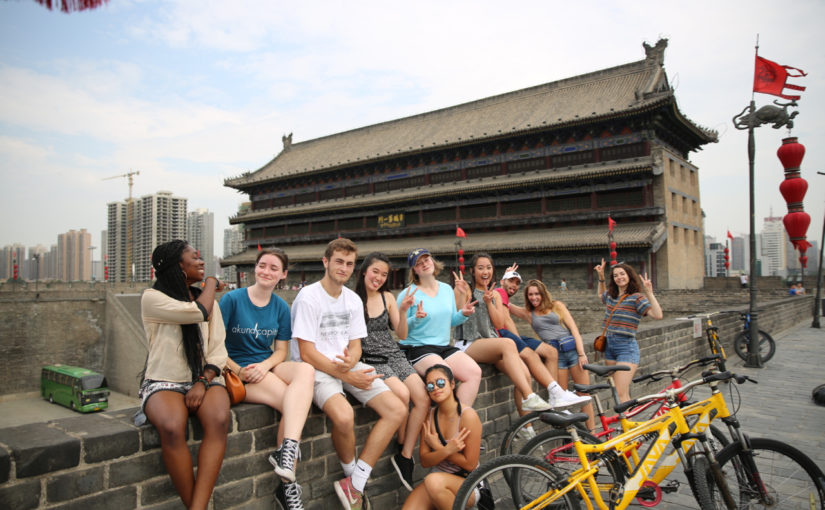
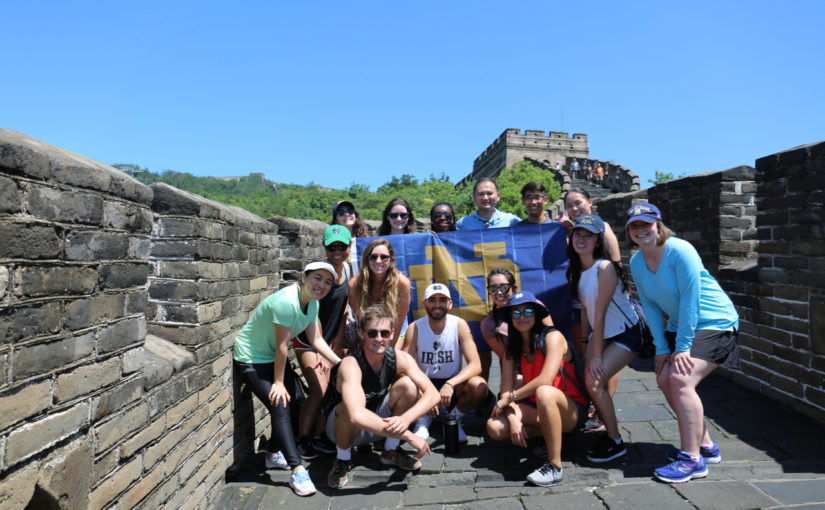


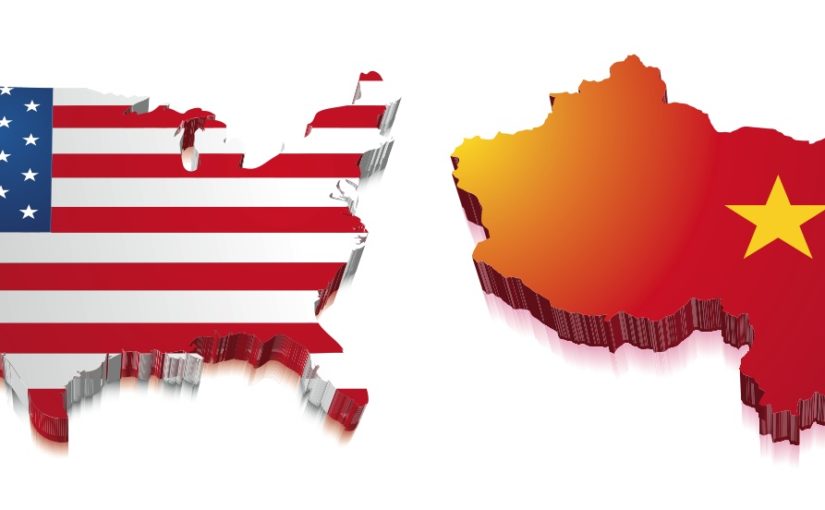

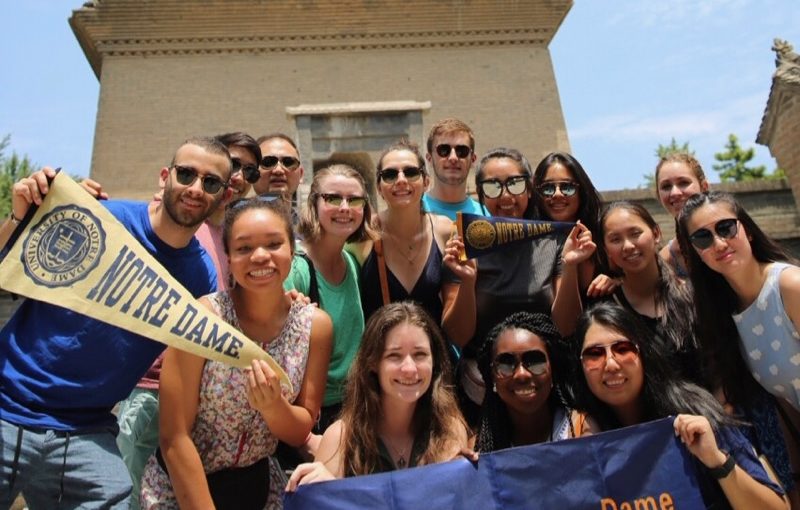



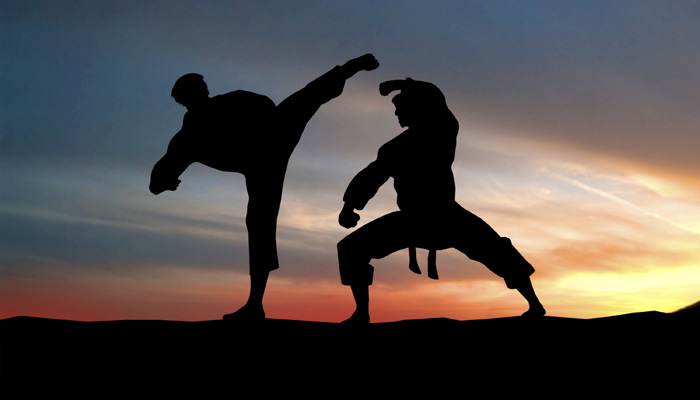


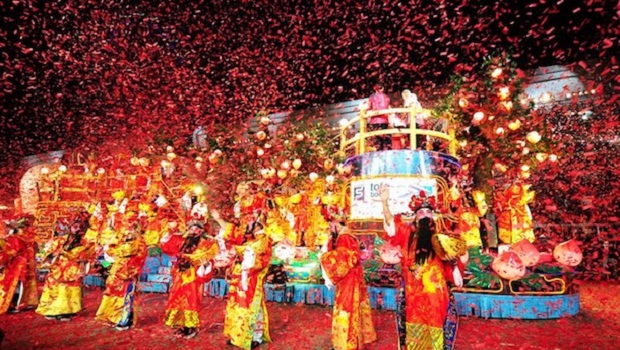
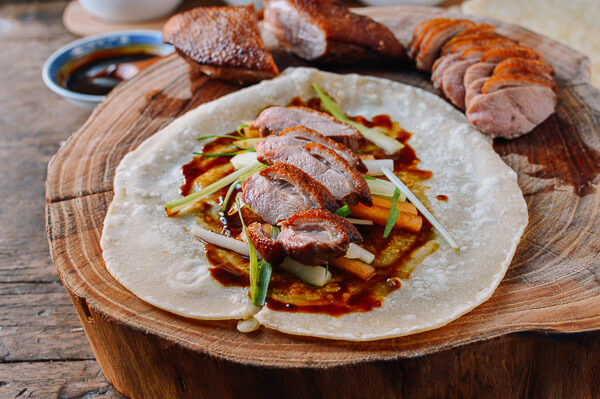
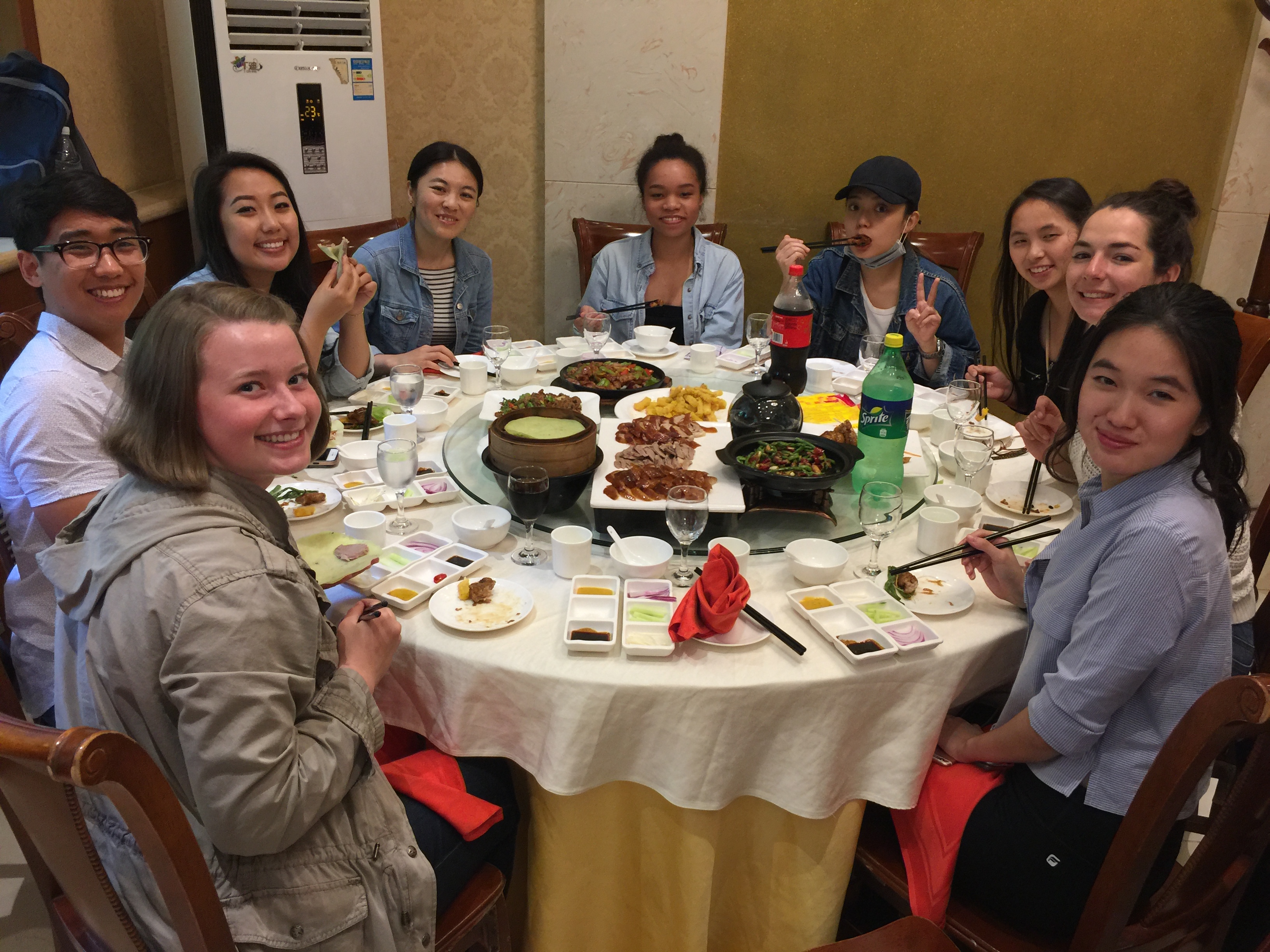 After our first full week of study here in Beijing, we were treated by our teachers with Beijing’s most well known cuisine. To reward us for making it through our first test, we were taken out for lunch to a wonderful restaurant to finally try Beijing’s famous Peking Duck
After our first full week of study here in Beijing, we were treated by our teachers with Beijing’s most well known cuisine. To reward us for making it through our first test, we were taken out for lunch to a wonderful restaurant to finally try Beijing’s famous Peking Duck